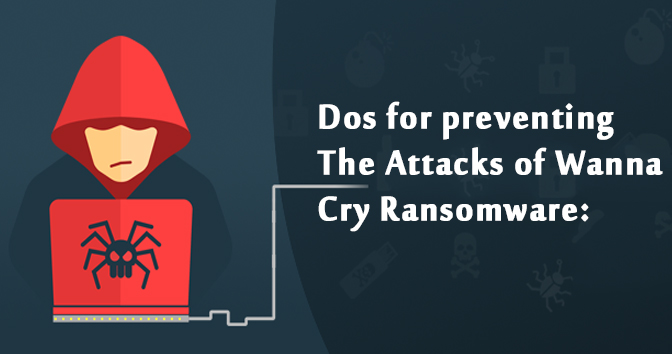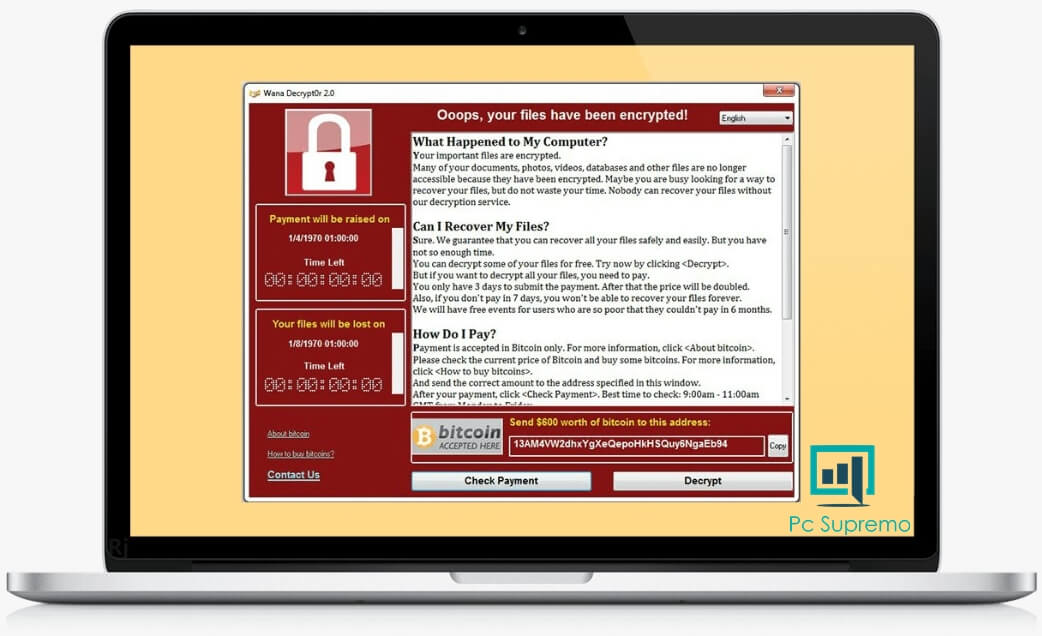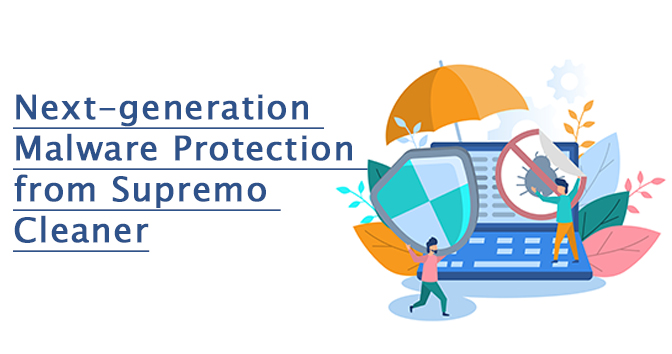What Is Wanna Cry?
On Friday, 12th of May, 2017 when people around the world were approaching the weekend, reports of a cyber-attack in the form of a ransomware stormed the news channels. Threat actors had done something which the security researchers have feared long before, exploiting the vulnerability of a communication protocol used by Windows systems.
In what is said to be one of the largest ever cyber-attacks, it all started with numerous media reports confirming the attacks of Wanna Cry-ransomware on the computer systems of National Health Service (NHS) England, and Telefonica, a Spain-based global broadband and telecommunication company. Security researchers suggested that Russia has been the hardest hit country as around 60 percent of all infected computers belonged to the nation. France, Germany, India, Ukraine, Taiwan and China are also among the nations that have been attacked by Wanna Cry.
What is Ransomware?
“A ransomware is the type of malicious computer program that prevents a user from accessing their computer system or its files and offers the payment of a ransom as the only way to regain access”.
Wanna Cry-ransomware makes use of a sophisticated encryption algorithm to code the files of an attacked system. And for decrypting the files, the unknown cyber criminals behind the WannaCry have demanded payment ranging from $300 to $600 in bitcoins.
In the present scenario, the attacks of Wanna Cry has been made possible using the exploit program, which was first created by NSA, an intelligence agency of US. Last month this exploit, named EternalBlue program became public after a group of hackers called Shadow Brokers released the data of this exploit and operational documents indirectly linked with NSA.
An exploit program is a malware carrier designed to scans a computer system for software vulnerabilities and uses them to insert malware into the computer. Thus, WannaCry ransomware is a kind of malware helped by an exploit program.
Countermeasures from Microsoft
As an anticipatory precaution step, Microsoft had already developed and released security fixes in the form of software patches for EternalBlue exploit, a few week before it became public. But given the large scale attack of Wanna Cry, it is likely that many computers infected by it had not been updated with the software patches.
Further, the use of Windows XP is still prominent and Microsoft doesn’t make security fixes for older versions. But now as an unprecedented move, Microsoft released free security fixes for older and unsupported versions of Windows, such as XP.
Call 800-368-8411 or request Technical Support for Microsoft Windows
Dos for preventing the Attacks of Wanna Cry Ransomware:

- Windows system users should regularly search for latest software patches released by Microsoft and install them
- An advanced antivirus should be installed on the system as it augments the level of protection against all sorts of malware
Don’ts for keeping the system safe against Wanna Cry Ransomware:



- If possible avoid using the older and unsupported version of Windows as Microsoft don’t create security fixes for them
- Do not browse the web without a proper antivirus protection as cyber criminals generally hide exploit programs in the codes of popular websites



Next-generation Malware Protection from PC Cleaner



To combat all sort of malware programs, the anti-malware engine of PC Cleaner has definitions and countermeasures for spyware, adware, rootkit, ransomware, worms, Trojan, exploit kits, and more.
To further boost the level of protection, it is designed to regularly send malware reports to the server which helps the researchers in anticipating the advancements in the threat programs and send back latest protective measures.
The counter-threat engine acts as the shield for the computer system to prevent the exploit programs from developing any contact with it.
